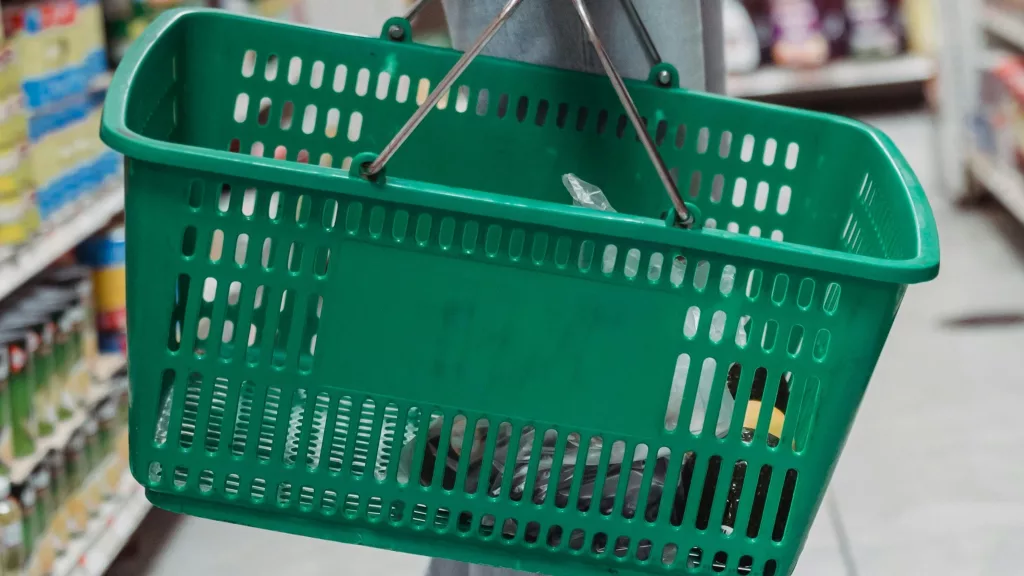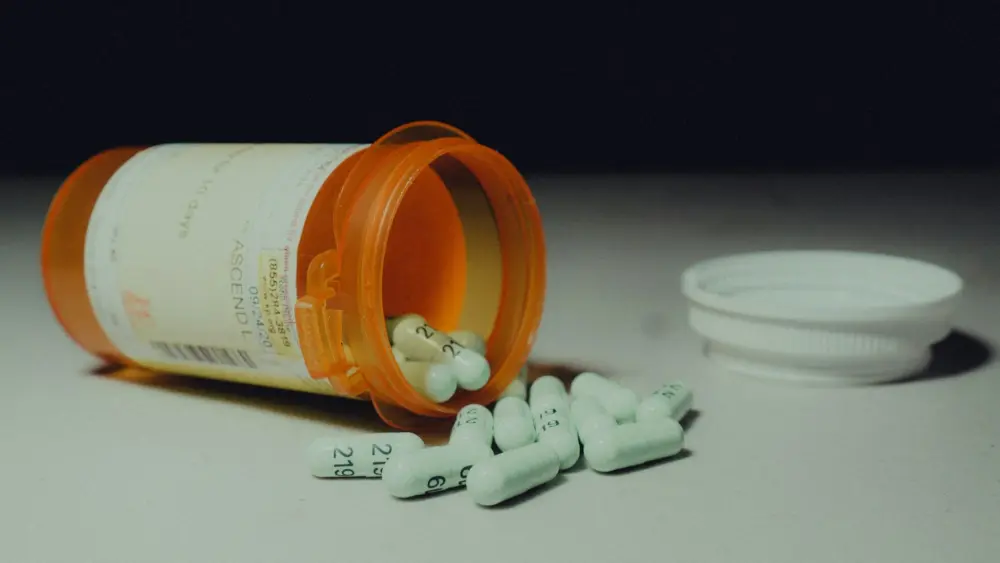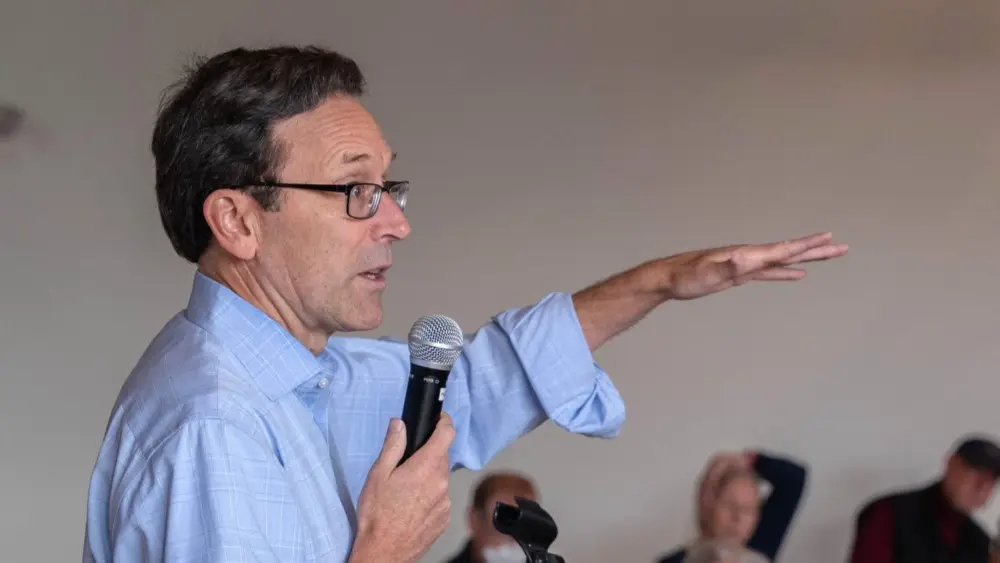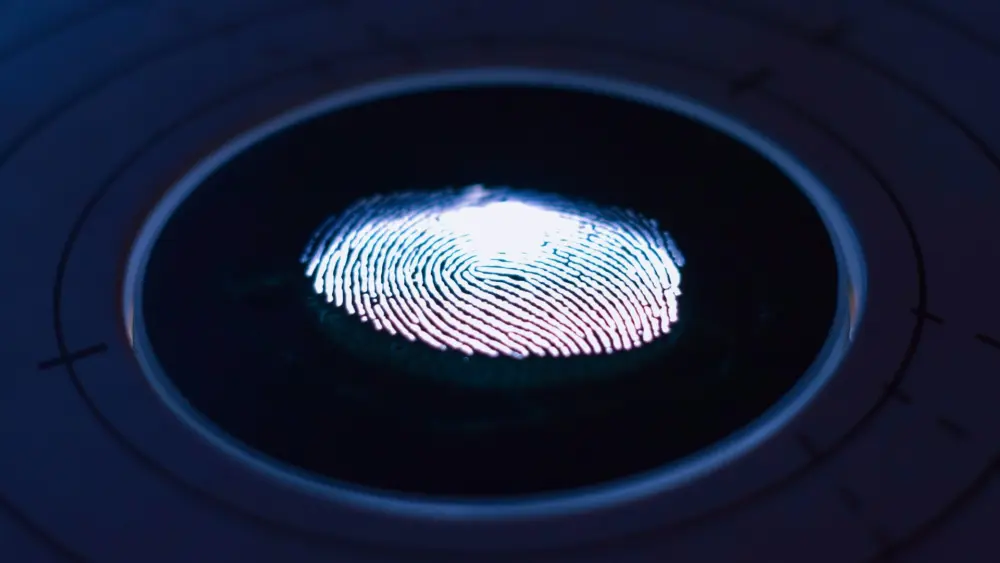BOISE, ID – Earlier this month, Idaho Gov. Brad Little said he had thoughts on the “big, beautiful bill” advancing through Congress.
To extend 2017 tax cuts, the bill would deeply cut federal spending for programs, including Medicaid and the Supplemental Nutrition Assistance Program, or SNAP.
Speaking to reporters, Little said he wondered how it would impact Idaho.
“I don’t want to be in a position to where the big, beautiful bill passes, and myself and all my fellow governors are going to be back there whining and crying,” he said on May 12.
But he soon added that Idaho would be better prepared than other states — because of the state’s stockpiled rainy day fund, and investments in facilities, schools and roads.
“I’ve said this many times: With what we’ve done in the past, where we are, almost anything that happens at the federal level is going to impact the other 49 states more than it is Idaho,” Little said. “And I feel that about the big, beautiful bill.”
Last week, he threw his support behind the bill — also backed by President Donald Trump. The bill passed the U.S. House and now heads to the U.S. Senate.
It could shift millions of dollars in SNAP costs onto Idaho.
‘We’re doing a good job … why would you penalize us?’ Idaho Gov. Little says
SNAP is a federal program that states run. The federal government pays for benefits. But states already chip in somewhat, by splitting administrative costs with the federal government.
“States have really very little flexibility or options in how to administer it,” the Idaho governor’s budget chief, Lori Wolff, told the Idaho Capital Sun in an interview.
But where states do have flexibility, Idaho opts toward oversight, she explained — like limiting exemptions for SNAP work requirements, prosecuting fraud cases, and ensuring payments are made accurately. Idaho has been among the top three states for payment accuracies for years, Wolff said.
In Little’s remarks a couple weeks ago, he leaned on Idaho’s metrics, too.
Idaho is one of the most efficient states at running the federal SNAP program, he said, citing a recent report that showed Idaho had a range of extra program accountability measures than other states.
“That’s one of the things I’m worried about, is they categorically tell all the states, ‘We’re going to cut your program by such and such,’” Idaho’s governor said. “And I says, ‘We’re doing a good job. We’ve got the highest compliance rate, the least amount of fraud. Why would you penalize us?’”
Last week, Little and 19 other Republican governors endorsed the bill, two days before it passed the U.S. House with only support from congressional Republicans.
Changes are expected in the U.S. Senate. But as it stands now, the bill would benefit wealthy taxpayers more while decreasing resources for low-income families, an analysis by the nonpartisan Congressional Budget Office found.
Bill could increase Idaho’s SNAP costs by at least $18M, state health official says
Idaho has the second lowest SNAP payment error rate in the nation, which is only behind South Dakota, according to the most recent data from the United States Department of Agriculture, or USDA. That figure measures “the accuracy of each state’s eligibility and benefit determinations,” USDA says.
The Gem State is among only seven states that would qualify for the lowest state cost-sharing for SNAP under the bill being considered in Congress, States Newsroom reported. The bill would require those states to pay for 5% of SNAP benefits, and require states with higher SNAP error rates to pay even more.
It could raise Idaho’s costs for SNAP by at least $18 million, Idaho Department of Health and Welfare spokesperson AJ McWhorter told the Sun.
That requirement wouldn’t start until 2028. So that gives Idaho officials time to plan, he said.
Idaho already pitches in some money for SNAP. Last year, Idaho spent more than $8 million to run the program, McWhorter said.
But that is only a small fraction of what the program costs. Last year, Idaho’s SNAP program gave out $271 million in benefits to low-income families last year, he said.
Less than 3.5% of Idaho’s SNAP payments were in error, USDA data shows. That’s around three times lower than the national average payment error rate, which was 11.7%.
“Idaho is often seen as a model for successful SNAP administration,” McWhorter said. “Federal policymakers can use us as an example for other states.”
Idaho asks feds to ban candy, soda from SNAP
The Idaho Department of Health and Welfare on May 16 asked the federal government for permission to ban candy and soda from being covered by the Supplemental Nutrition Assistance Program, or SNAP.
This year, the Legislature required Health and Welfare to submit that waiver through House Bill 109.
Last week, Nebraska became the first state to receive approval for that type of waiver from the U.S. Department of Agriculture, the Nebraska Examiner reported.
In a news release, the Idaho Department of Health and Welfare cited USDA data to claim that about 20% of SNAP purchases nationally are for “sugary beverages and snacks.”
The agency couldn’t immediately share the source for that claim. A USDA spokesperson directed the Idaho Capital Sun to a 2016 study that found “About 20 cents out of every dollar was spent on sweetened beverages, desserts, salty snacks, candy and sugar.”
The study has many limitations, and “should not be considered nationally representative,” the USDA spokesperson added.
The American Heart Association says it supports Idaho’s move and is asking the USDA to quickly approve the waiver.
“The American Heart Association is committed to removing sugary drinks from SNAP, and we are proud to stand in support of Idaho’s efforts to do so over the soda industry’s unconscionable opposition,” American Heart Association CEO Nancy Brown said in a written statement.
This story first appeared on Idaho Capital Sun.





